By Keyallah Majeed, VOX Media Cafe Reporter
It’s 2020 in the United States of America, the streets are painted in blood and the soil is wet with tears. From every mountainside, freedom is legal but equality seems like a far fantasy for the black community. From racism, inequality, health and economic disparities, there are so many external threats to the progression of black excellence. Regardless of such, the community perseveres beyond most cycles of oppression. Though there has been great development within the past hundreds years, there seems to be a division among unity motivated by colorism. Colorism is “A practice of discrimination by which those with lighter skin are treated more favorably than those with darker skin. This practice is a product of racism in the United States, in that it upholds the white standards of beauty and benefits white people in the institutions of oppression (media, medical world, etc.).” (National Conference for Community and Justice).
History of Colorism
According to “The Psycho-Social Impact Of Colorism Among African
American Women: Crossing The Divide” by Lauren A. Fultz, Psy.M ; colorism was a manipulative technique used to divide slaves in the 15th century when the first Africans were documented to cross over oceans at the hands of white colonizers. It was internalized within the minds of african-americans and became institutionalized throughout society. As of the late 19th and 20th century, colorism reformed to it’s new legislative restriction that abolished slavery by mentally dividing blacks in the country. Colorism in the past has often contributed to disunity among black individuals by putting lighter complexion individuals on a pedestal that aligned with western beauty standards and expectations, now colorism has become more interpersonal. Society has praised these physical features and created a social norm for what should be considered beautiful or acceptable.
Today’s Colorism
Nineteen years into the 21st century, deemed a new era for human elevation and prosperity, black people in America are still faced with this oppressive cycle of colorism. Indiscreetly, it infiltrates social media , society, and the upcoming of young black children. This generation, commonly known as “Gen Z” , is influenced by popular social platforms such as Instagram , Youtube , and Tik Tok. All which allow the youth to openly express their creativity and individuality. This strong minded demographic cohort has spread their opinions , likes, and trends across all other groups and has shaped society into what it is now. So how has colorism survived through this generational and national change in america?
The Trend
Imagine you’re a black child between the age of 7 and 14 , and just like most americans you’re home social distancing during the Covid-19 pandemic. You’re scrolling through Tik Tok and see a video with the hashtag : #lightskin challenge . The video compares how dark skin people and “normal” people do things versus light skin individuals. The hashtag has over 19 million views and at least 200 other videos just like it. When everyone in the comments laughs and finds it funny , the trends grow. It’s just a joke , right? It’s harmless and if anything , a light skin person being teased compared to the years of hard teasing that darker skinned kids go through in the school system. What’s the problem?
The deep rooted foundation of this challenge is that light skins are dramatic or use their appearance to do things in a flirtatious manner which grants them opportunities. It also unconsciously implies that other skin tones do not have the ability or expected to act in the same way. This message is being layered by humor and subconsciously emplaced in the young mind of black youth. Another example of more openly colorist social trends are the Youtube videos where youtubers go to public places such as malls or schools, and ask teens around their age “which skin color is better?”. They often shorten the question to “lightskins, dark skins, or brown skins” then ask them why. The person then goes on to list “personal” reasons why which is their “preference” or justifiably better. Most replies consist of the same response of physical traits, personal experiences, or generalized behavior. This notion implies that one skin tone is better than the other by generalizing what qualities a certain complexion holds that the other doesn’t.
When asked about the media’s role in internalizing and normalizing colorism , teens expressed their concerns and personal experiences about the topic.
“I was called a”gorilla” and ”African booty scratcher” by black boys and more in elementary and in middle school. People would joke about my skin and boys would say they like light skins and dark skins are ugly and some would tell me I’m pretty for a darkskin- I feel like, how can we expect equality in this country but we aren’t even equal to each other? We need to be more unified, because at the end of the day, if you’re black you’re going to be viewed as a threat whether you want to or not,” says Micah Jones, a 16 year old Black student who attends Howard W. Blake HIghschool in Tampa, Florida.
“ There’s a trend on tiktok that has basically been saying that light-skinned people are cocky or always showing off. At first I thought it was funny and just a light hearted joke but now there are so many videos about it that just makes it seem like they have something against people who are lightskin,” says Charlotte Smith-Perry, a 14 year old mixed (black & white) student who attends Dekalb School of Arts.
“ Imagine you see all these ethnic/race being represented and all the movies that “look” like you. It’s something you’re not or your a background character. Like when I was growing up, I HATED how I looked, like I wanted to be white so badly. Like, when I tell you so bad, I meant it. I was so unhappy with my skin color and my hair texture, it took such a long time for me to love my skin,hair, and my culture and imagine a different little girl or boy have that same feeling because they were turned into an object or an animal or a background character that doesn’t have any lines. It honestly makes me feel disgusting and sad,” says Briany Tavarez, a 16 year old Afro-Latina who attends Riverview Highschool in Riverview, Florida.
“ I personally feel that, as black people we display one sided images of what a black woman should look like (light skin and skinny ), but really we come in all different shades and sizes. There’s a problem with them being one sided because uneducated people that don’t understand our culture would think that lightskin is the “superior” skin tone of a black person . Overall, I feel like when they show black people on social media or movies it’s always very one sided.” says Mykaija Bailey, a 17 year old Black graduate of Tampa Bay Technical Highschool in Tampa, Florida.
“ My perspective on colorism is that white people have used this tactic to oppress us for centuries, and by promoting this tactic it’s creating a sense of hate for our black brothers and sisters. With all that’s going on in our world right now, we need to learn to love and embrace each other despite who’s lighter or who’s darker. It’s a matter of breaking the cycle of hate, and promoting awareness for the betterment of our community,” says Isabella Cavienss, a 16 year old biracial (black & colombian) student who attends Westlake Highschool in Atlanta, Georgia.
This or That?
Is it just a joke or does it actually affect the youth’s mindset? In a 2009 research study about the formation of habits from a psychological development to recurring behavior by the University College London, researchers used 96 volunteers to conduct an experiment on how performing their food and activity behaviors in a specific way became a habit. In conclusion they observed that “As behaviours are repeated in consistent settings they then begin to proceed more efficiently and with less thought as control of the behaviour transfers to cues in the environment that activate an automatic response: a habit.” (How Habits Are Formed: Modelling habit formation in the real world)
This shows that consistency in a certain manner or practice can lead to normalization and tolerance for that mentality and action. In other words to “desensitize an individual to abusive, coercive or inappropriate behaviors. In essence, normalizing is the manipulation of another human being to get them to agree to, or accept something that is in conflict with the law, social norms or their own basic code of behavior.” (Normalizing- Out of The Fog). After being exposed to internalized colorism and the behavior that exemplifies this conceptual method, one will see this as a normal part of socialization and human behavior. To accept what was originally clearly created for the oppression of others and continue to participate in it’s cyclic process. In other words, this becomes that.
Internalized Oppression
It all comes down to what people are willing to tolerate. As society continues to allow the shade of someone’s complexion to be used as justification for a joke or entertainment purposes, it slowly internalizes the idea that colorism is ok. Whether an individual is being generalized or down played because of their skin tone, it creates stereotypes, which one of the phases in oppression. As technology and media becomes more present in America’s daily living experiences , positive exposure is essential to healthy improvement. For the youth to be able to see equality among skin tones and unity within groups will help conform to an inclusive, diverse society. How can a community grow and develop when they are still subject to systematic mental oppression?
Outlook
What happens now that this form of colorism is established as a threat to the unification and growth of the black community? What has been drilled into the young minds of girls and boys from their first exposure to society, is now alarmingly harmful to the future of possibilities. Well, the first step is acknowledgement. You have to recognize the behavior and what you’ve built tolerance for. By doing so, you become aware of what you’ve allowed to be processed in your mind and your life. The next step is to simply eliminate your own behavior that contributes to colorism or of it’s oppressive behavior. Lastly, try to diminish this behavior among your peers and social groups. Spread the awareness and speak out against trends or jokes that reflect on colorist mentality. Sometimes it can be hard to talk to your friends about deeper topics, but if you continue to be a bystander, the cycle will keep on going. The more you speak out about colorism in your community, the more you have helped end generational oppression and truly be free physically and mentally. Let’s leave colorism in 2020.
VOX Media Cafe reporter Keyallah Majeed, 16, attends Westlake High School.

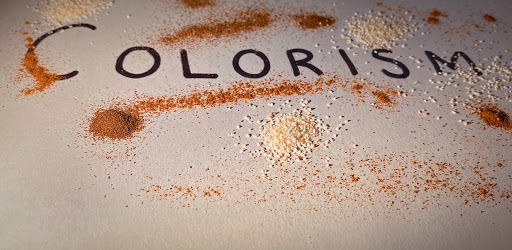
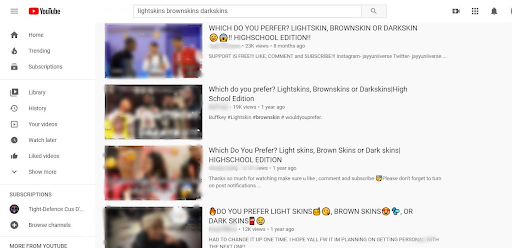
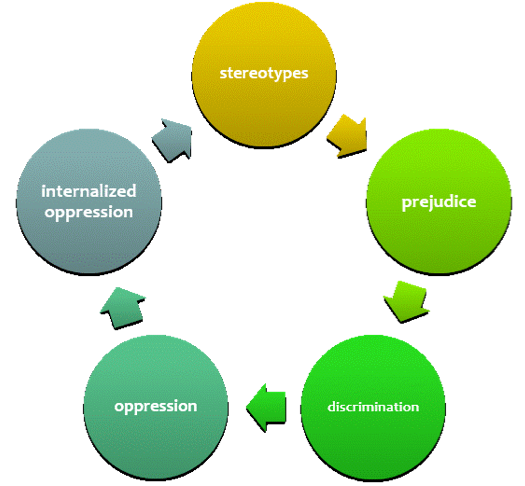
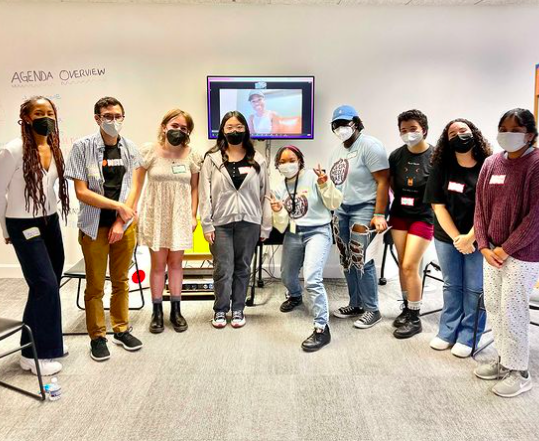
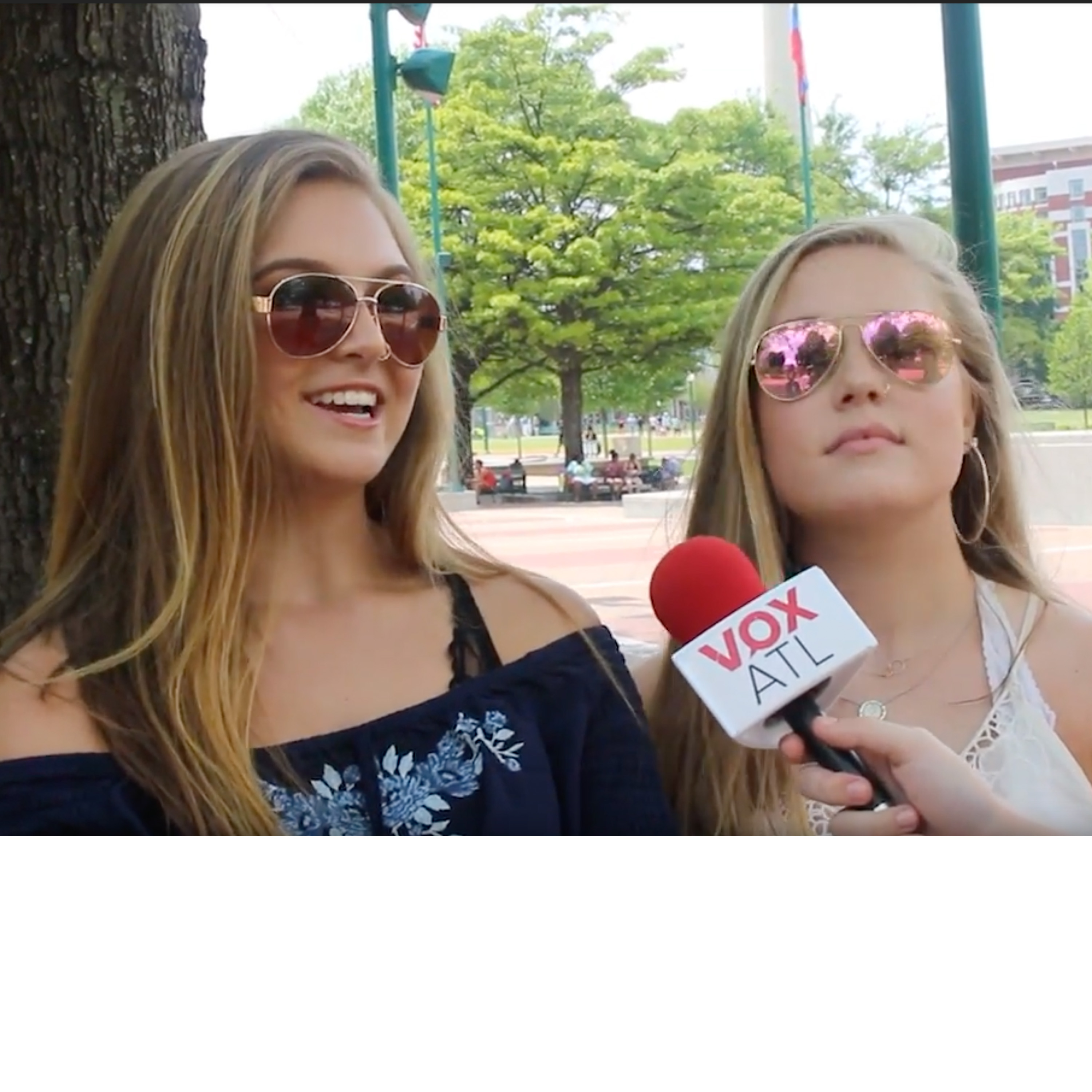
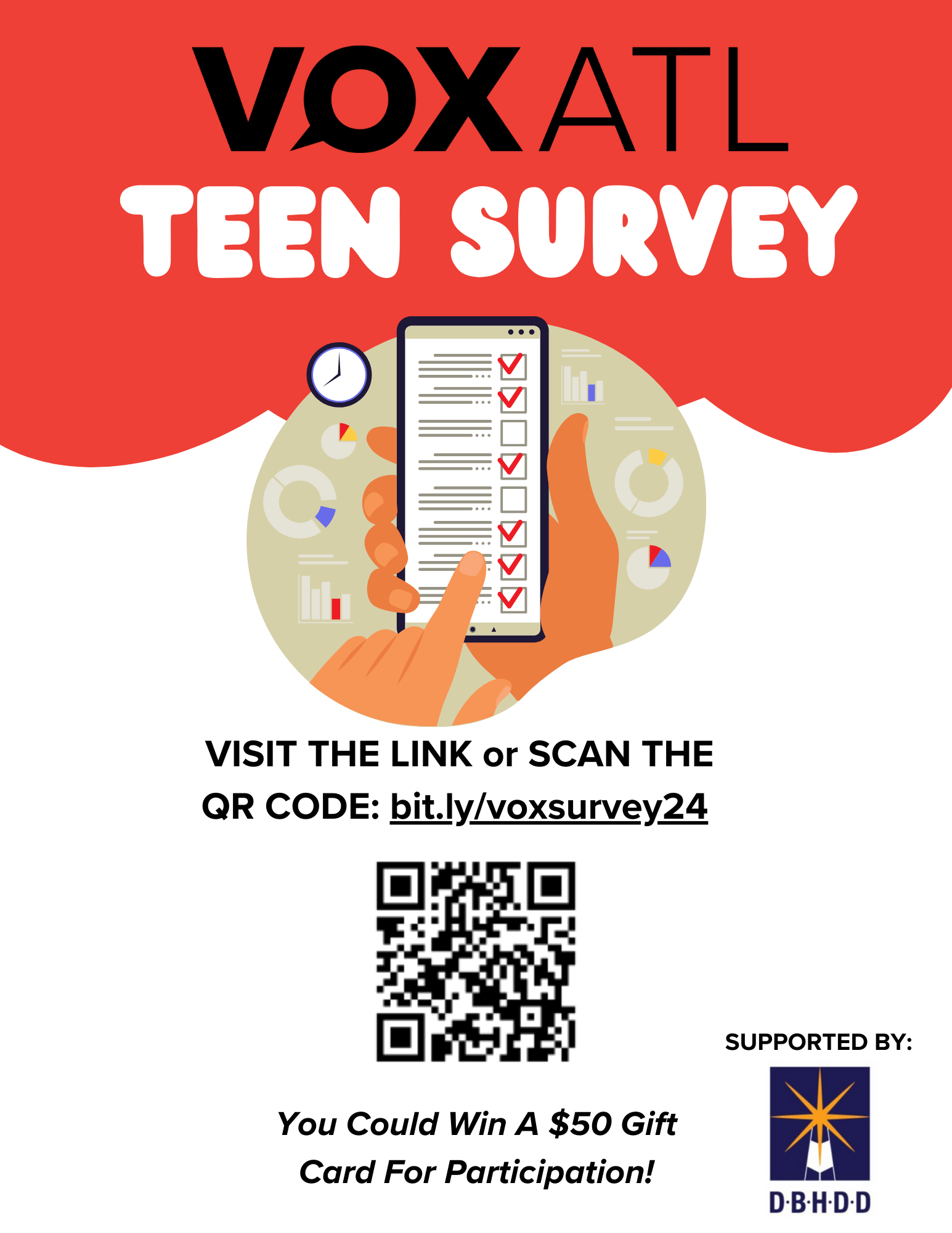
yes i love this, though a very deep rooted issue it needed to be brought to light & Keyallah did it in the best way possible . Beautifully written & i completely agree with everything said . Wonderful .
Amazing article thank you!
Beautifully expressed. I throughly enjoyed the article. It is as good or better than any college student. Keep up the good work .
This is really enlightening! I never really thought about the challenge before, I thought it was just a dumb joke that was on social media. But after reading your article and really thinking about the negative connotations they can follow this kind of challenge I’m starting to second-guess that idea and begin being more aware of the kind of jokes that people make about different skin tones and colors. This is amazing!!